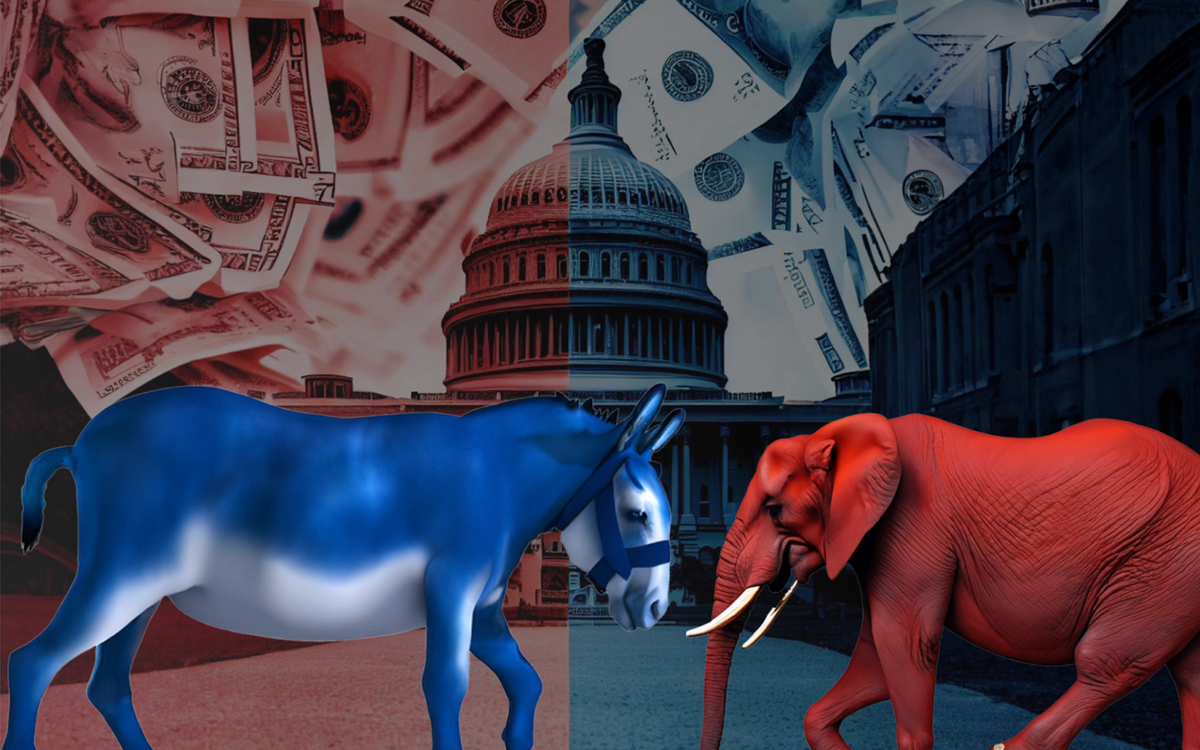
How Do Harvard Faculty Donate During Midterms?
What are faculty members' donation habits? What causes do they care about most?
Introduction
About three years ago, a great HODP article (that you can find right here!) was written analyzing Harvard faculty donations. This article aims to serve as a follow up to the original article. We analyzed donations reported in 2021 and 2022 through data provided by the Federal Election Commission to gain insight about how donation habits may change between primary to midterm elections.
We edited down the original dataset provided by the FEC, filtering for individuals who specifically reported working for Harvard University and having an occupation of either Professor, Education, or Faculty.
What causes do Harvard faculty donate to most?
Unsurprisingly, Harvard faculty continue to overwhelmingly favor left-leaning, Democratic groups. Most donations went to ActBlue, “an online fundraising platform for Democratic candidates,” which received a total of 273 donations, or 27.4% of all donations made. In dollar terms, the total amount donated reached a sum of $186,026, or 21.2% of all donations.
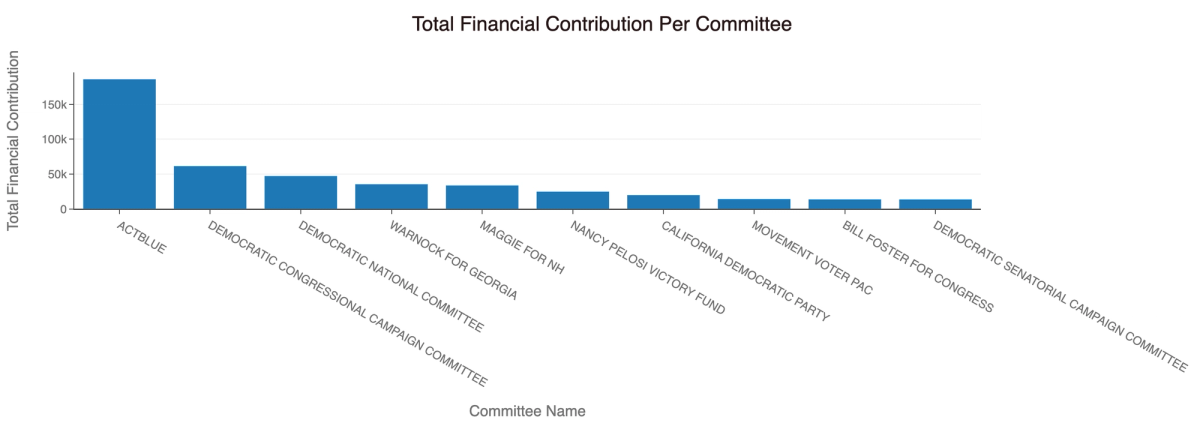 Figure 1: Bar graph depicting the total dollar amount of contributions made to each committee.
Figure 1: Bar graph depicting the total dollar amount of contributions made to each committee.The ten committees that received the highest dollar amount of contributions by faculty are shown above. The highest is ActBlue, with a total sum of $186,026, while the tenth was the Democratic Senatorial Campaign Committee (DSCC), with a sum of $13,817.
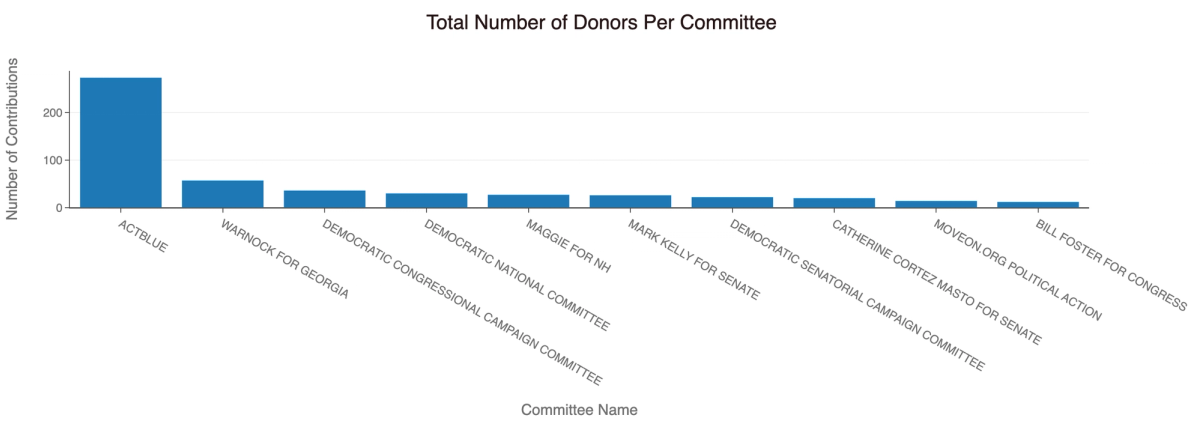 Figure 2: Bar chart depicting the ten committees with the highest total number of faculty donors.
Figure 2: Bar chart depicting the ten committees with the highest total number of faculty donors.The above graph showing committees by number of donors reveals that again, ActBlue saw the overwhelming majority with 273 donors; the committee with the tenth-most number of donors was “Bill Foster for Congress,” with 12 donors.
Because ActBlue allows for donations to various candidates, organizations, and nonprofits, it is impossible to gain further insights about who exactly each donation is going to. However, since ActBlue is a platform specifically for Democratic candidates, we can be confident that such donations represent support for the Democratic Party. Furthermore, all of the top 20 committees (in terms of dollar amount donated) were Democratic campaigns or political action committees (PACs), making up 61.76% of all money donated. Therefore, we can confidently conclude that the majority of faculty donations are to left-leaning political organizations or candidates, including in midterm elections.
Of those top 20 committees, a large portion represent contributions made to the campaigns of particular congressional members and governors. For example, 57 faculty members donated to Senator Raphael Warnock of Georgia, 27 gave to Senator Maggie Hassan of New Hampshire, and 26 contributed to Senator Mark Kelly of Arizona.
What motivated faculty donations?
Why did faculty donate to these candidates? While we naturally expect donations to members of Congress during the midterm elections, none of the listed senators hail from Massachusetts, the state expected to be most relevant to Harvard faculty.
In order to investigate this question, we first looked at the reported residences of the donors, with a special interest in the composition of those who live in Georgia, New Hampshire, Arizona, or Massachusetts. This was to double check our previous expectation — perhaps the cause for these donations was just that more faculty lived outside of Massachusetts than we thought.
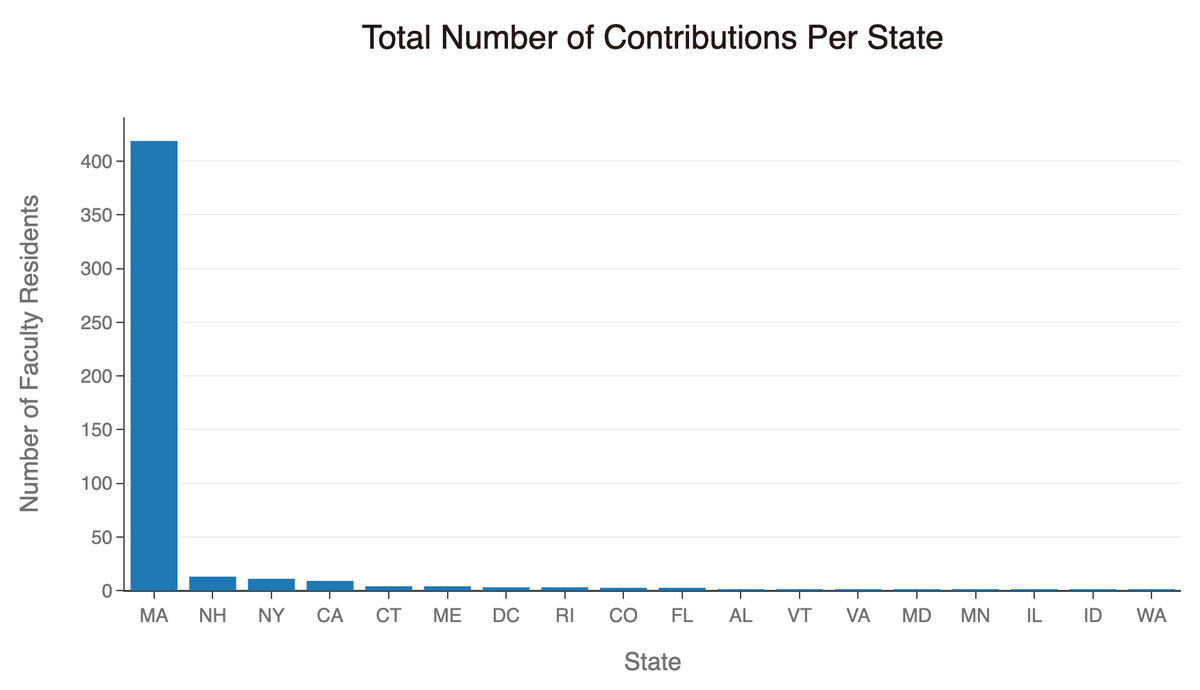 Figure 3: Bar chart depicting the state of residence of all contributors.
Figure 3: Bar chart depicting the state of residence of all contributors.As seen in Figure 3 above, the vast majority of faculty live in Massachusetts, with 419 out of 478 reporting it as the location of their residence. A large drop off marks Maggie Hassan’s New Hampshire, which was second with 11 faculty members, while Raphael Warnock’s Georgia and Mark Kelly’s Arizona saw none. Clearly, the donation habits of Harvard faculty are not based on any particular geographical allegiance.
To further support this claim, we can also look at the whereabouts of the faculty who donated to each committee.
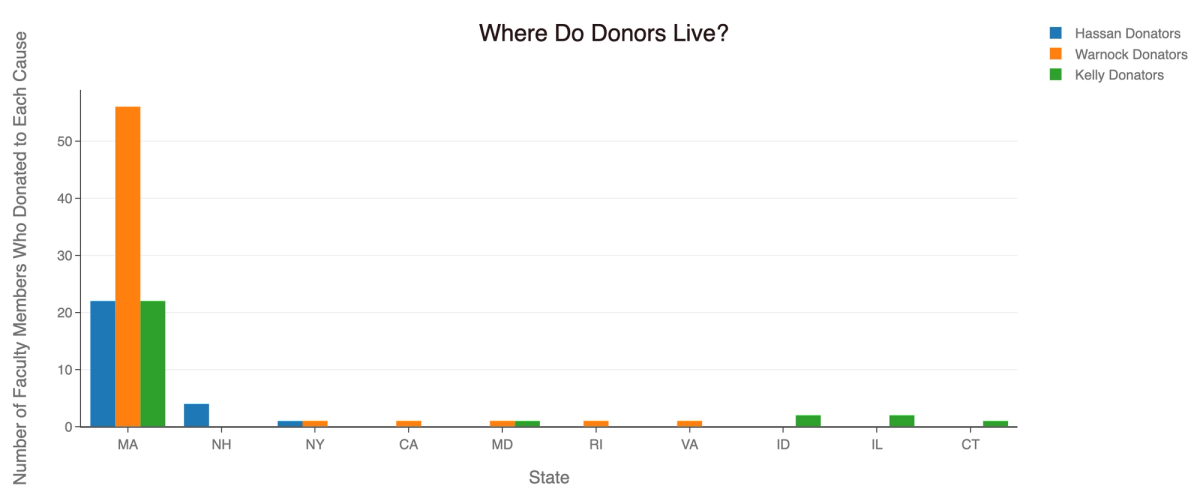 Figure 4: Grouped bar chart depicting a breakdown of the state of residence for each popular committee's faculty donors.
Figure 4: Grouped bar chart depicting a breakdown of the state of residence for each popular committee's faculty donors.As expected, the majority of the faculty live in Massachusetts. However, abandoning prenotions of regional allegiance, we should instead look at the elections themselves. Warnock’s election was part of a special runoff election in Georgia, and widely deemed an essential race to maintain Democratic control of the Senate. Kelly’s election was considered similarly important to maintaining Democratic control.
Hassan’s election is slightly more complicated. As a neighbor to Massachusetts, New Hampshire could be reasonably understood to be part of “local” politics to even Massachusetts residents. That being said, although given slightly less focus than either Georgia or Arizona, New Hampshire was still viewed as an important race for Democrats.
With these considerations, we can conclude that rather than focusing solely on local elections, faculty may have decided to focus on the most consequential races for Democrats across the nation.
However, we must take a few caveats into account. The first is that reported residence is a faulty representation of someone’s geographical background. Although they may currently live in Massachusetts, their hometown could be in Georgia, New Hampshire, or any other state. Given this, the decision to donate to certain senators could still be a decision to support one’s local politicians.
Another caveat is the obliqueness of the ActBlue donations. As an intermediary for many different organizations, ActBlue donations could be going to the Massachusetts causes that appear to be missing from the data.
Conclusion
While we cannot definitively conclude specifics, we found that the voting trends of Harvard faculty remain relatively consistent — overwhelmingly liberal-leaning — from midterm to presidential elections. We are curious to see if these trends change in the upcoming 2024 election!
GitHub repository with raw data, cleaned data, and analysis can be found here!
